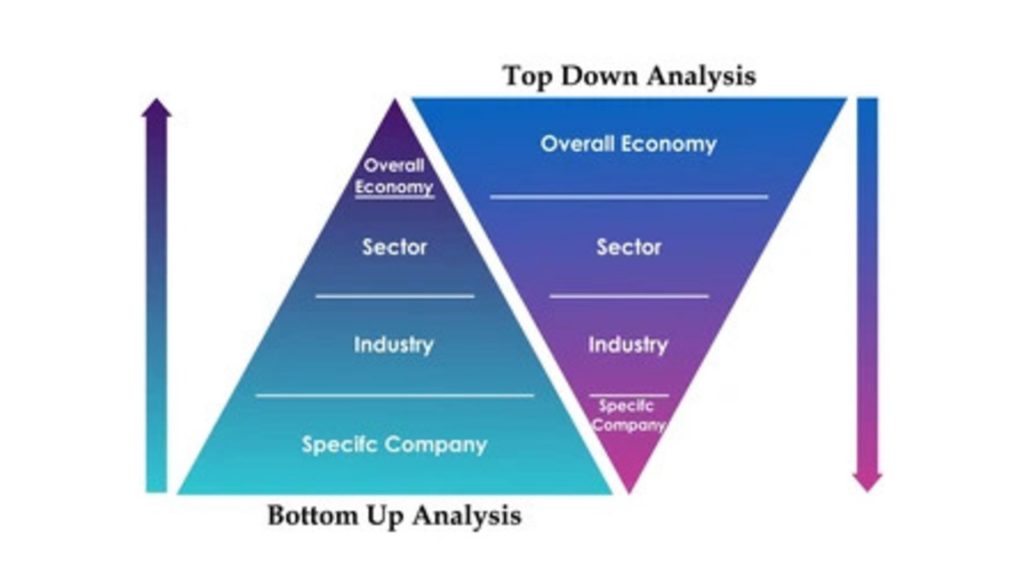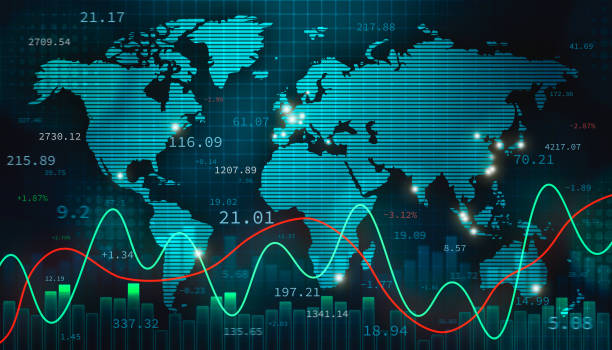Are you a student looking to understand the difference between microeconomics and macroeconomics?
It can be confusing, but don’t worry – we’re here to help! In this blog post, we’ll discuss the differences between the two topics and explain why they are important in today’s economy.
Introduction to Microeconomics and Macroeconomics
Microeconomics and macroeconomics are two distinct fields that examine different economic concepts.
Microeconomics is the study of economics at an individual, group, or company level. It looks at consumer behavior, individual labor markets, pricing of goods, output and income for individuals, and other microeconomic issues.
Macroeconomics is the study of a national economy as a whole. It focuses on economic growth and stability, inflation, unemployment, and other macroeconomic issues.
Both microeconomics and macroeconomics are useful in understanding how the economy works and how decisions made by individuals and governments affect the economy.
Differences between Microeconomics and Macroeconomics
The differences between microeconomics and macroeconomics can be summed up in the scope of their studies. Microeconomics deals with individual economic units such as firms, households, and industries, while macroeconomics focuses on the overall economy.
Microeconomics looks at the behavior of individual agents, whereas macroeconomics looks at the behavior of aggregates such as national income, aggregate demand, and inflation. The microeconomic theory also considers consumer behavior, individual labor market, and pricing theory, while the macroeconomic theory focuses on economic growth, unemployment, international trade, and inflation.
The two fields are heavily intertwined and often use the same concepts to explain different phenomena. For example, both microeconomics and macroeconomics use supply and demand to explain how prices are determined. The difference is that microeconomics looks at the behavior of individual agents while macroeconomics looks at the behavior of entire economies.
In addition, microeconomics is concerned with how individuals make decisions about their economic well-being, while macroeconomics is concerned with how governments make decisions about economic policy. The Keynesian revolution merged micro and macroeconomics better to explain economies’ aggregate behavior better.
Overall, microeconomics and macroeconomics are two distinct but related fields of economics. Microeconomics focuses on individual economic units, while macroeconomics looks at the overall economy. They use similar concepts to explain different phenomena and are interconnected to understand how economies function.

Microeconomic Foundations for Macroeconomic Theory
The merging of microeconomics and macroeconomics has been an ongoing effort since the Keynesian revolution.
Microeconomic foundations for macroeconomic theory are based on understanding and explaining the behavior of individual economic actors within the national economy.
By looking at each individual, it is possible to understand better how the national economy behaves and reacts to certain changes. This is because microeconomic foundations provide an accurate representation of how the economy works, which is then used as a basis for macroeconomic decisions.
Through this process, economists can better understand the complexities of the national economy and make more informed decisions on how to approach it best.
Consumer Behavior in Microeconomics
Consumer behavior in microeconomics is focused on the decisions that individuals make when it comes to allocating their limited resources. This can include decisions on how to spend their income, purchasing goods and services, and allocating their time and energy.
Microeconomics looks at the demand side of the equation and attempts to answer questions such as why people buy certain goods or services. What factors drive their consumption, and how do price changes affect their consumption patterns?
Microeconomics also looks at how different households respond to different prices and how this can be used to predict future consumption patterns. Microeconomics also looks at how businesses can use pricing strategies to maximize profits.
By understanding consumer behavior, businesses can develop strategies for pricing their goods and services that are most likely to result in higher sales.
Individual Labor Market in Microeconomics
Microeconomics looks at the behavior of individuals, firms, and markets on a smaller scale. This includes looking at the labor market, which is the focus of microeconomic analysis.
The labor market is based on wages, unemployment, job availability, and training. Microeconomic studies look at how these factors interact and affect the overall economy.
The individual labor market focuses on the decisions individuals make regarding their employment, including the types of jobs they pursue, the wages they demand, and whether or not they choose to stay in the labor force.
Microeconomics also looks at how incentives affect individual labor market behavior. Incentives can include things such as unemployment benefits, wage subsidies, and tax credits. These incentives can greatly affect how individuals decide to pursue their career path.
Furthermore, microeconomics looks at how firms hire and pay individuals by looking at factors such as supply and demand for labor. The decisions made by firms about hiring employees can greatly impact the overall job market.
In conclusion, microeconomics looks at the decisions of individuals and firms regarding the labor market by studying individual behavior and incentives to understand how these decisions affect the overall economy.
Macroeconomic Issues on a National Level
When analyzing the national economy, macroeconomics takes a wider view and looks at the economies on a much larger scale—regional, national, continental, or even global.
Macroeconomics is concerned with overall economic growth, unemployment, inflation, and other important economic indicators. It looks at the big picture of how the economy functions and attempts to explain why certain events occur or what can be done to improve economic conditions. Governments implement macroeconomic policies to influence an economy’s overall health.
In addition to looking at macroeconomic issues on a national level, macroeconomics also studies the international economy, which includes exchange rates between countries and foreign trade. Understanding the global economy is important for businesses operating internationally and exporting or importing goods from other countries.
Output and Price of Goods in Microeconomics
Microeconomics is concerned with individual entities such as households and firms, studying their decisions regarding the allocation of resources and prices of goods and services. At the same time, it seeks to understand the consequences of such decisions on the market.
One of the primary focuses of microeconomics is the relationship between the price and output of goods. This is often referred to as “price theory” or “supply and demand theory,” It examines how price changes affect the number of goods produced and consumed in a market.
The microeconomic theory states that there is an inverse relationship between price and output; when the price of a good increases, the quantity demanded decreases, leading to less output.
On the other hand, when the price of a good decrease, the quantity demanded increases, leading to more output. Thus, understanding how price changes affect output is essential for understanding how markets function and the economy works.
Individual Income in Microeconomics
When studying microeconomics, one of the main topics is the individual income of consumers. Microeconomics looks at how the prices of goods and services and individual wages and salaries affect the overall income of households.
It also examines how taxes, subsidies, and other government policies affect individual income. This understanding of individual income is crucial for predicting consumer behavior and understanding how national economic policies can influence economic performance.
The Keynesian Revolution and Merging of Micro and Macroeconomics
The Keynesian revolution of the 1930s marked the beginning of a new age in economics, where macroeconomics and microeconomics were merged to form a more comprehensive view of economic behavior.
Economists began to look at how individual decision-making could lead to large-scale social and economic outcomes. This led to the development of microeconomic foundations for macroeconomic theory, which seeks to understand how changes in aggregate demand and supply interact with one another.
One example of this is the idea of consumer behavior in microeconomics. By examining how individuals make decisions about their purchases, economists can better understand how markets work and how macroeconomic policies can be used to influence them.
Another example is the labor market – by examining the decisions individuals make regarding employment, wages, and other economic variables, economists can understand how labor market conditions can affect output and prices in an economy.
The merging of microeconomics and macroeconomics has been a major research focus over the last few decades. By combining insights from both fields, economists can better understand the relationship between individual economic behavior and national economic performance. This has allowed economists to develop more accurate models that can be used to assess economic policies and their impact on countries around the world.
Conclusion
In conclusion, microeconomics and macroeconomics are two fields of economics that have their focuses.
Microeconomics studies individual factors, such as consumer behavior and individual labor markets. At the same time, macroeconomics examines aggregate factors, such as national income, output and price of goods, and the income of individuals.
Even though supply and demand apply to both fields of economics, microeconomics is based on the trends of buyers and sellers, whereas macroeconomics focuses on the economic cycles and policies. Both microeconomics and macroeconomics are important to study to understand an economy as a whole.
